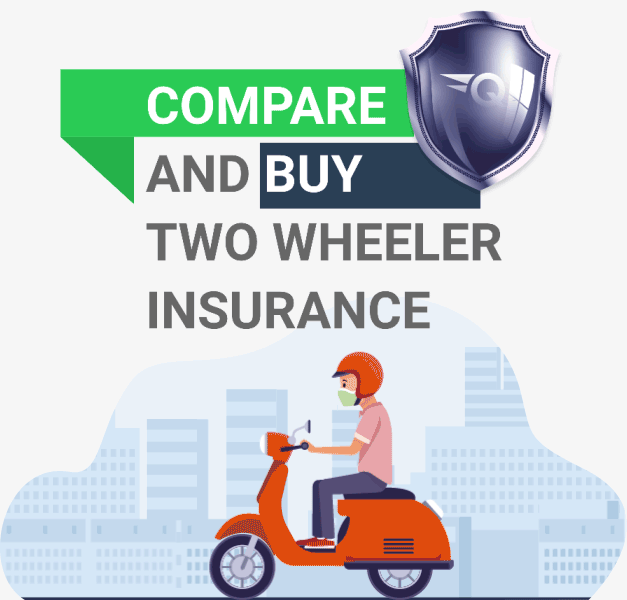
Continue with
Registration Number
Continue without
Registration Number
I Have
Brand new Bike
E-bikes are witnessing a boom in the Indian auto sector market these days. Due to its environment-friendly attribute, there’s a sudden surge in the demand for electric bikes, especially among teenagers and youngsters. Since electric bikes are proving to be a better and more sustainable option, India has accepted electric bikes as the future of personal transport.

The battery pack is the core of any electric vehicle. There are generally two types of battery- Lithium-ion and Lead Acid. Lithium-ion batteries have a higher charge density, and low self-discharge levels, and are generally lighter than lead acid batteries. They also offer a better range and faster charging capabilities but are quite expensive. Lead Acid batteries are the first rechargeable battery to have ever been created. These batteries are less expensive but their charge density isn’t as good as lithium-ion, so the range offered is relatively lesser. They are also heavier and take longer to charge.
The electric motors are responsible to translate the stored energy in the battery into motion. Majorly there are two types of electric motors- Hub and Frame mounted. Hub motors are easy to install, do not require transmission components, and are affordable to manufacture as well. The only drawback they have is their unsprung weight which makes it a little difficult to handle the two-wheeler. Frame-mounted motors which are also known as mid-drive motors are mounted onto the vehicle’s frames and are linked to a transmission drive that’s either a belt or sometimes a chain. These motors are powerful and also ensure the centre of gravity is optimised in a two-wheeler. They are expensive, and the transmission drives may need regular maintenance.
Electric bikes have either a fixed battery pack or a removable one. The fixed battery packs are relatively simple and easy to manufacture. But as they cannot be removed, the electric two-wheelers will have to be heavily dependent on charging infrastructure. Two-wheelers with removable battery packs have their chassis designed in a way to accommodate easy installation and removal of the batteries. Therefore, they are expensive but with the biggest advantage of removing the battery wherever and whenever and charging as per one’s own convenience.
There are two modes of charging a battery pack. One is to simply plug the charger into a 3-pin 5A socket and let it charge overnight. While this takes a long time to charge the battery completely, it does not heat up the battery pack as the amount of current induced is low. On the other hand, the other is a fast-charging system that sends large amounts of current into the battery pack, thus charging them up quickly. However, batteries that are compatible with fast charging systems need to have excellent thermal management to ensure their longevity. Electric bikes and scooters with fast-charging technology are expensive too.
|
|
|
|
|
|
|
|
|
|
|
|
|
|
|
|
|
|
|
|
|
|
|
|
|
|
|
|
|
|
|
|
|
By purchasing an electric scooter, you are contributing to preserving the earth as electric vehicles are eco-friendly and do not release hazardous gases into the environment. One doesn’t even need a driving license in case they are using a simple one. You also do not have to get your electric vehicle registered. You can get clarification about this by checking with your vehicle dealer.